#galaxy cluster
Text

Galactic Gathering © JWST
Galaxy Cluster SDSS J1226+2152: its immense mass distorts and magnifies the light from more distant galaxies behind it - a spectacular example of gravitational lensing
#galaxy cluster#nasa#webb#JWST#space#astrophotography#stars#night sky#galaxy#universe#planet#solar system#astronomy#cosmos#james webb space telescope
515 notes
·
View notes
Text
The misconception that there is no sound in space originates because most space is a ~vacuum, providing no way for sound waves to travel. A galaxy cluster has so much gas that we've picked up actual sound. Here it's amplified, and mixed with other data, to hear a black hole!

#sound of space#black hole sounds#black hole#nasa#the sounds of space#that's kinda creepy#creepy#galaxy cluster#sounds of black holes#what a black hole sounds like
4K notes
·
View notes
Text

Hidden Cluster
347 notes
·
View notes
Text

Galactic wreckage in Stephan's quintet
#astronomy#astro community#astrophotography#science#cosmos#photography#space#outer space#galaxies#galaxy cluster#nasa jpl#nasa photos#hubble space telescope
55 notes
·
View notes
Text

The Perseus Cluster, Abell 426 // Riedl Rudolf
#astronomy#astrophotography#galaxy cluster#perseus cluster#Abell 426#galaxy#elliptical galaxy#lenticular galaxy#NGC 1275#perseus
68 notes
·
View notes
Text
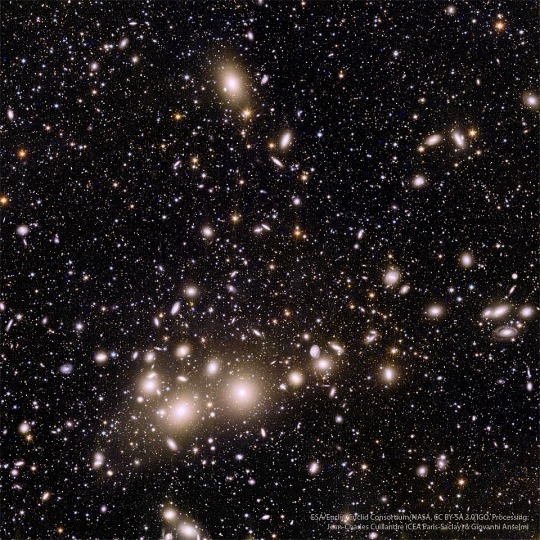
SPACEMAS DAY 2 ✨🪐🌎☄️☀️🌕
There's a new space telescope in the sky: Euclid. Equipped with two large panoramic cameras, Euclid captures light from the visible all the way to the near-infrared. It took five hours of observing for Euclid's 1.2-meter diameter primary mirror to capture, the 1000+ galaxies in the Perseus cluster which lies 250 million light years away. More than 100,000 galaxies are visible in the background, some as far away as 10 billion light years. Euclid's initial surveys, covering a third of the sky and recording over 2 billion galaxies, will enable a study of how dark matter and dark energy have shaped our universe.
Image Credit: ESA, NASA
#astronomy#space#science#universe#cluster#star#Perseus#galaxy#galaxy cluster#Perseus galaxy cluster#light year#light years#light#year#Euclid#telescope#dark matter#euclid telescope#follow#like#reblog#the first star#thefirststar#the first starr#thefirststarr#nasa#apod#tumblr#blog#spacemas
81 notes
·
View notes
Text
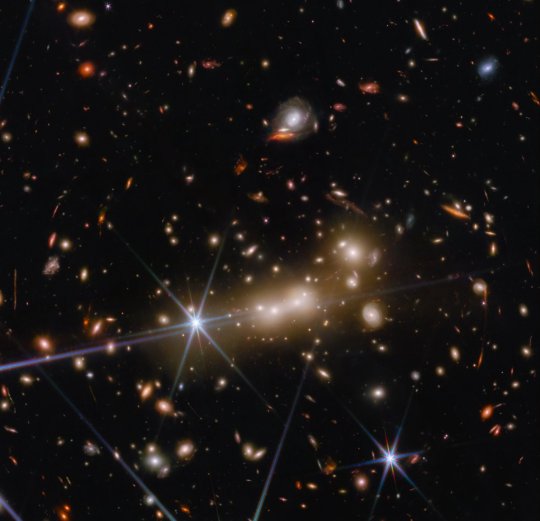
Galaxy cluster MACS0647 l Webb2022 l Hubble2012

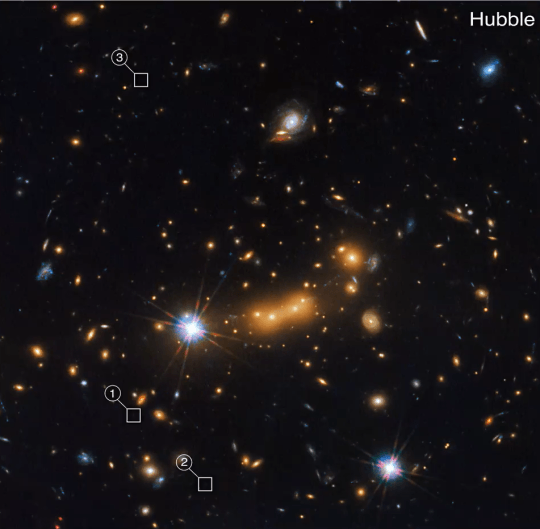
Hubble saw one object while Webb saw two in galaxy MACS0647-JD.

#nasa#webb#hubble telescope#space#astrophotography#astronomy#galaxy cluster#galaxy#planets#universe#james webb telescope#stars#night#sky
835 notes
·
View notes
Text

A Distant Cluster of Galaxies - January 14th, 1996.
"Every bright object in this 1994 photograph by the Hubble Space Telescope is a galaxy. Oddly - most of the objects are spiral galaxies. This rich cluster of galaxies, named CL 0939+4713, is almost halfway across the visible Universe. Photos like this indicate that clusters in the past contained a higher fraction of spirals than do nearby clusters, which are usually dominated by elliptical galaxies."
67 notes
·
View notes
Text




The first images from the ESA Euclid Telescope are here. It's impossible not to be fascinated about the universe.
#esa#euclid#telescope#euclid telescope#spiral galaxy#universe#stars#nebula#galaxy cluster#nasa#benimpost
45 notes
·
View notes
Text

9 notes
·
View notes
Photo
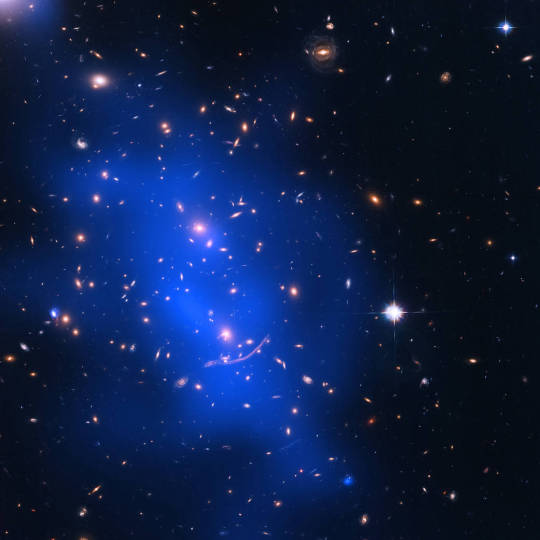
Galaxy Cluster Abell 370 © Chandra
#nebula#space#astrophotography#nasa#chandra observatory#galaxy cluster#universe#astronomy#stars#night sky#solar system#planet#galaxy#cosmos
1K notes
·
View notes
Text
Gravitational lensing has to be one of the most visually striking phenomena in astronomy
Gravitational lensing is a phenomenon where a massive object bend the light of a distant source as it approaches the observer. Most often this takes the form of enormous galaxy clusters bending the light of even more distant galaxies into warped images of their true selves. They typically follow an arc around the massive object in the foreground like ripples in a pond.
Here's a few of my favourite gravitational lensing events.
Abel 1689 – Virgo
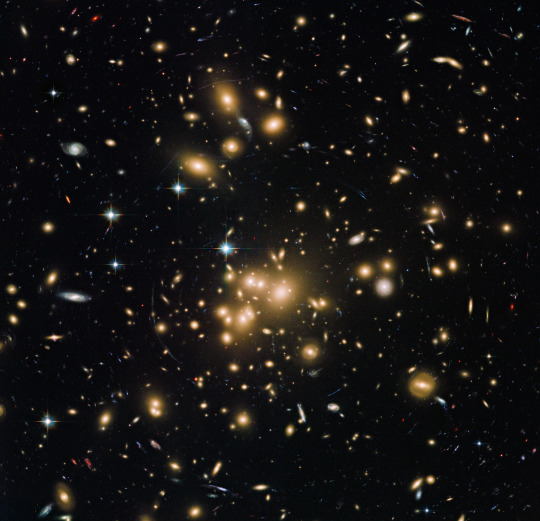
Abel 1689 is a one of the largest galaxy clusters in the known universe. It's located about 2.459 billion light-years away in constellation Virgo. Not only is this image visually beautiful, but the sheer number of gravitationally lensed galaxies across the entire image is just mind-blowing.
In 2008, one of the lensed galaxies, A1689-zD1, became known as the most distant galaxy from Earth based on a photometric redshift. 2008 also happens to be the same year the astronomy bug really bit me and it became one of my life-long passions.
You can find the original image file here.
PSZ1 G311.65-18.48 – Apus
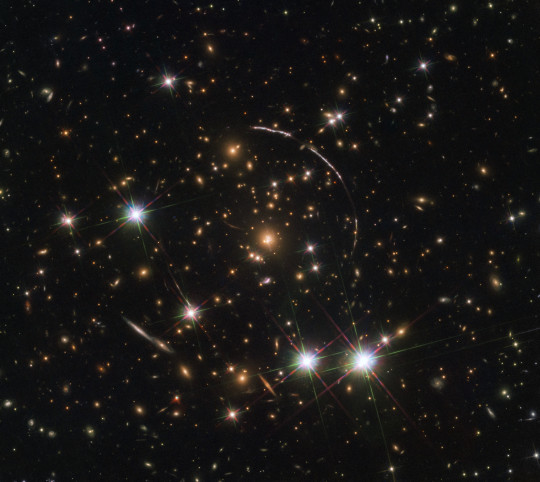
PSZ1 G311.65-18.48 is a massive galaxy cluster located 4.6 billion light-years away in the constellation Apus. What's especially remarkable about this image is that it features a bright galaxy that's been lensed 12 separate times along four arcs. Three of these arcs are visible to the upper right of the cluster, while a fainter fourth arc is partially obscured by a bright foreground star to the bottom left of the cluster. This galaxy is almost 12 billion light-years away from Earth, which given its title as the brightest gravitationally lensed galaxy is quite a remarkable feat.
You can find the original image file here.
MACS J0416.1-2403 – Eridanus

MACS J0416.1-2403 is another massive galaxy cluster located about 4 billion light years away in the constellation. Just…look at all those arcs. Across the entire image you can find countless lensed galaxies. The galaxy cluster itself has an interesting structure, appearing elongated along an arc through the centre of the image frame.
This galaxy cluster happened to have lensed a galaxy that existed about 400 million years after the Big Bang, or about 13.8 billion years ago. At the time of publication, this galaxy was the earliest, most distant object to have ever been observed. It was given the name Tayna, which means "first-born" in the Aymara language indigenous to Chile and Argentina.
You can read more about this cluster and find the original image file here.
MACS J1149+2223 – Leo
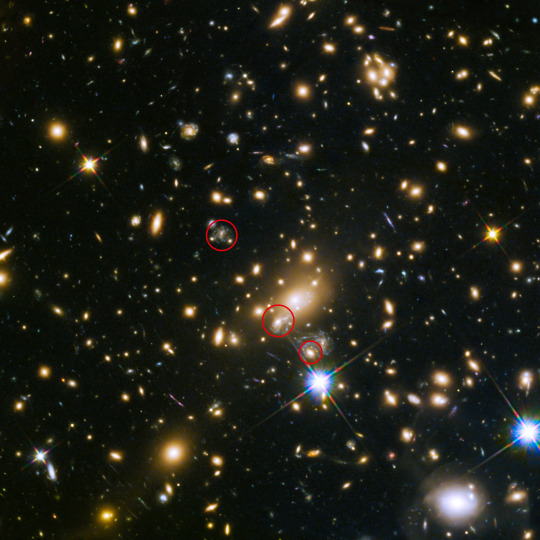
This image is a great example of how gravitational lensing obscures and reveals distant objects depending on our exact position and timing. The lowermost circle shows MACS J1149+2223, a galaxy cluster in the constellation Leo that lensed the Refsdal Supernova to produce four images. This is how the supernova was discovered on 11 November 2014.
The middle circle shows the predicted position of the reappearing supernova in late 2015 or early 2016. It reappeared as expected on 11 December 2015 and was imaged by Hubble.
The uppermost circle shows the position of the supernova as it could have been seen in 1995, but was not actually observed. The supernova may have also appeared elsewhere in the image about 40 to 50 years prior, between 1964 and 1974. Imagine if we had the technology and foresight to observe it then.
You can find the original image here.
3 notes
·
View notes
Text
Stephan's Quintet

This galaxy cluster, appearing between 41 and 340 million light years away from us, was first discovered by the French astronomer E. M. Stephan in 1877. The galaxies are a mixture of spirals, barred spirals, and ellipticals. Some scientists think that the largest galaxy in this cluster, NGC 7320, is probably in front of what is really a quartet of interacting galaxies, and since then there have been many discussions between scientists with different theories on what this actually means.
#astro#space#astronomy#astrophysics#study space#solar system#space facts#galaxy#science#hubble#galaxy cluster
11 notes
·
View notes
Text
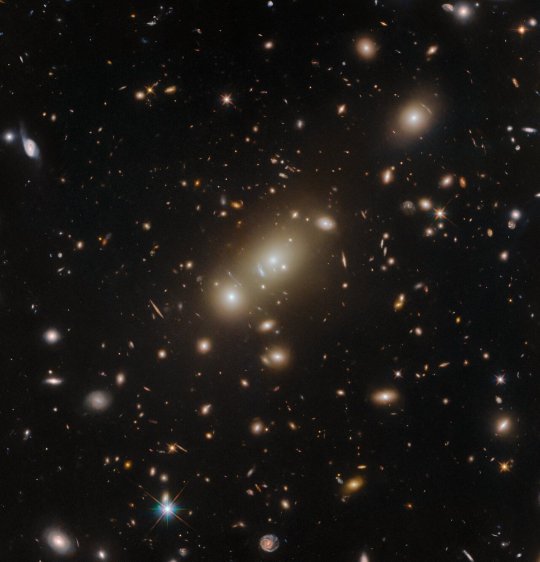
Giant Cluster
103 notes
·
View notes
Text
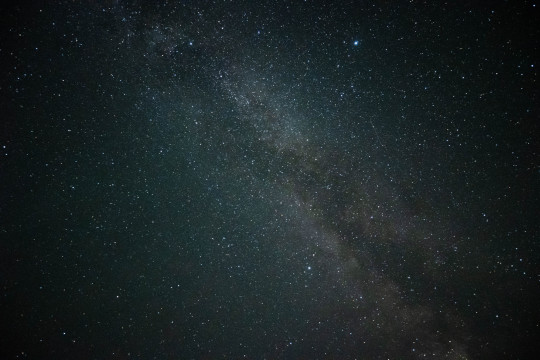
#tried out astrophotography#space#milky way#astrophotography#night sky#galaxy cluster#stars#photography
3 notes
·
View notes
Text

A meteor flashing through part of Markarian's Chain // Tyler Schlitt
#astronomy#astrophotography#galaxy cluster#virgo cluster#markarian's chain#elliptical galaxy#messier#messier 84#M84#NGC 4374#messier 86#M86#NGC 4406#messier 87#M87#NGC 4486#solar system#meteor#virgo
59 notes
·
View notes